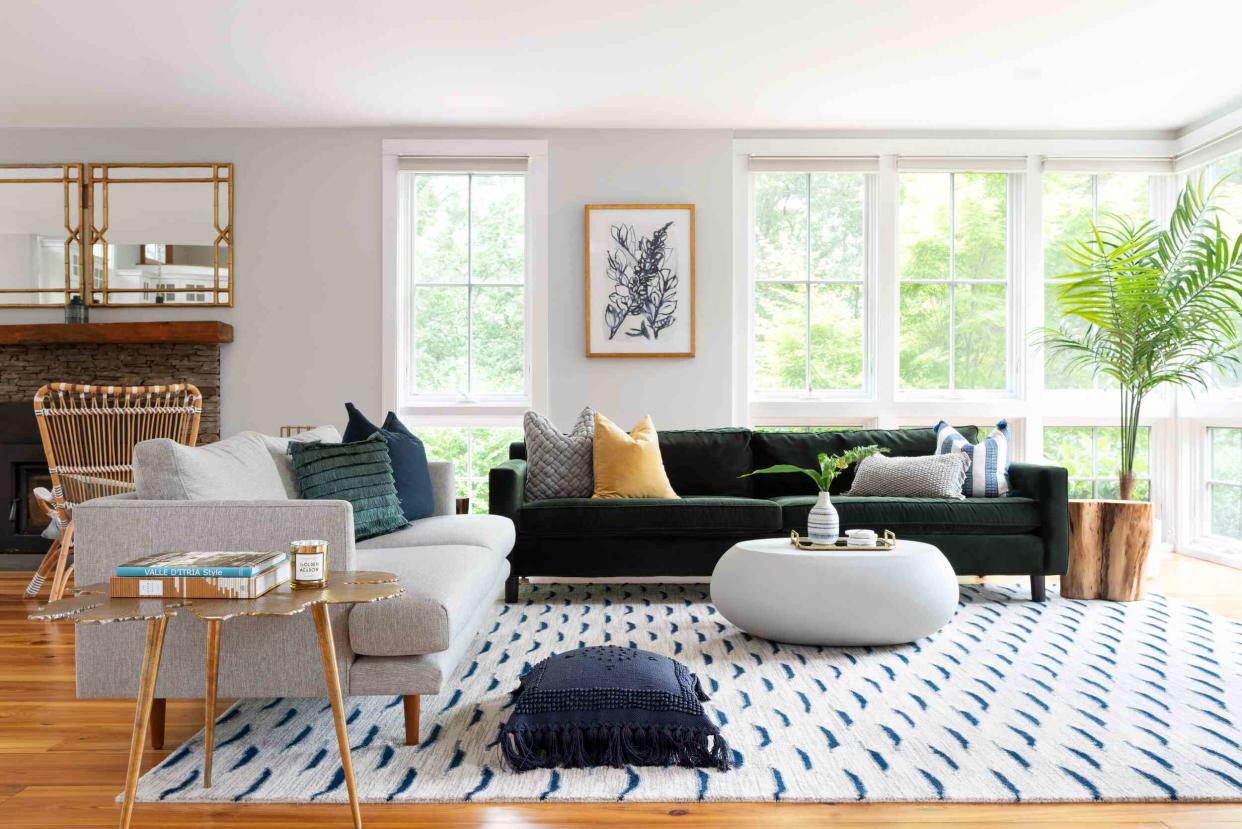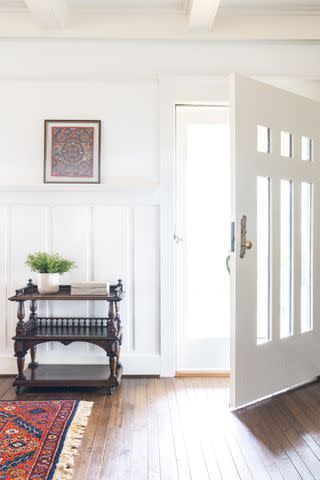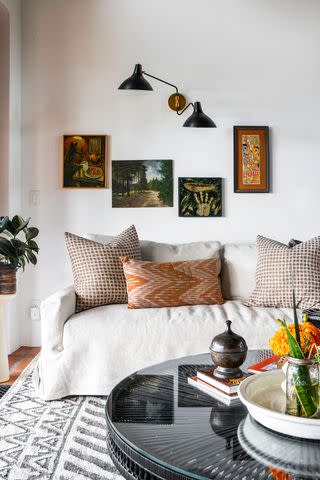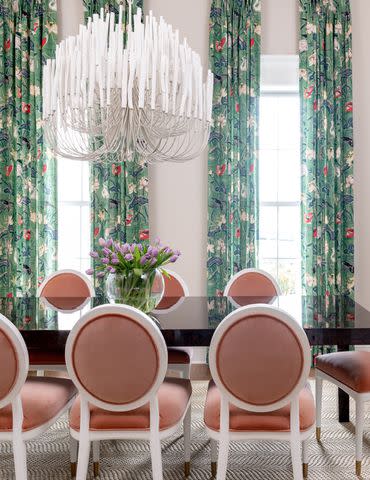These 5 Design Rules Are Sure to Help Define Any Room

When designing a room, keeping proportion, function, and personality in mind are all important factors to curate a space that feels like a reflection of your style.
We asked three interior designers to spill the design rules they use to define a space that are easy to apply and keep in mind while decorating and renovating—read on for their advice.
Meet the Expert
Brittney Ferguson is the owner and lead interior designer at Brittney Ferguson Interiors.
Eleanor Trepte is a co-founder and principal interior designer at Dekay & Tate.
Melinda Trembly is an interior designer at Rincon Rd.
Select the Right Size Rug for Your Space
Rugs are both pretty and practical—they're soft landing and can ground a space. More often than not though, interior designer Brittney Ferguson says she sees too-small rugs throwing off the proportions of a room. She says to beware because a small rug can trick your eye into thinking the space is smaller than it is.
How do you know your rug is the right size? Ideally, all furniture legs should sit on the rug, Ferguson says. When covering an entire room with a custom rug, the area rug should be a minimum of four inches and no more than two feet away from the baseboards.
“The right rug will live in your home for years,” says Ferguson. “The wrong rug will just be a daily reminder of money wasted.”

Design by Rincon Rd. / Annie Meisel Photography
Allow the Form to Follow the Function
Arguably the most famous rule of design, “form follows function" is an architectural principle that states the purpose of a building should be the starting point for its design. This can be applied to interiors too, says Melinda Trembly, an interior designer of Rincon Rd.
“I find myself referencing this rule from large architectural decisions to the tiniest design detail,” says Trembly. “You can have the most beautifully designed room but if it doesn't serve your needs, it might as well be a cardboard box.”
To follow the principle, your rooms should be livable, comfortable, inviting, and serve your lifestyle. As you’re decorating a space, Trembly recommends asking yourself both broad and detailed questions about its functionality as a whole as well as individual items.
For instance, is there an easy flow of traffic? Do you have enough storage space? Is there plenty of natural light? s your door hardware comfortable to grab? Does it latch correctly? Then concentrate on the nitty-gritty details.
“The smallest details can make a huge difference in everyday ease of functionality and convenience,” says Trembly. "You may always be drawn to the form of an object or a space first, but stop and think about how it will serve you before you make that final decision. There is nothing more maddening than something that doesn't function correctly.”
Be in Control of the Brightness
No matter how beautiful your furnishings and artwork are, bad lighting can ruin the overall feel of any space. That’s why Ferguson adds dimmer switches to overhead lights, which allows you to easily adjust the mood of a space. Cooking dinner? Turn the brightness up. Having a dinner party? Dim the lights.
Eleanor Trepte, an interior designer of Dekay & Tate agrees that lighting is imperative to define a space. When designing a room, she acts as if there is no overhead lighting. Instead, she outfits a room with accessory lighting to create a more serene, comforting place to wind down.
“Leave the cans off and lean into lamps, sconces, and any additional lighting you can add to the space,” says Trepte.

Design by Rincon Rd.
Listen to the Architecture of Your Home
A mid-century ranch will never be a Mediterranean villa. From cabinets and doors to built-ins and finishes, Trembly insists you should honor your home’s roots when making architectural decisions and changes.
“Don't fight the architecture of your home,” says Trembly. “There is nothing worse than trying to make something it's not. Good bones are the foundation of a beautiful space, so use the architecture as your guide.”

While you’ll want to observe the era your home was built in, that doesn’t mean you need to furnish it with period pieces. Go wild with your decor, mixing and matching all styles that speak to you for an eclectic, one-of-a-kind home.
Show Off Your Personality
No one wants their home to look like their neighbors, Trembly says. The most memorable, defined spaces are a reflection of the people who live there—not a large retailer’s catalog. So get personal when decorating with your uniquely collected items that tell a story of your past, present, and future.
“Frame your child's artwork, display that hand-woven basket from your trip to Mexico, or buy that chair that spoke to you at the flea market,” says Trembly. “Whatever it may be that makes you smile, those are the things that make a space a home!”
Read Next: 9 Things in Your Home You Should Never Declutter, According to Experts

